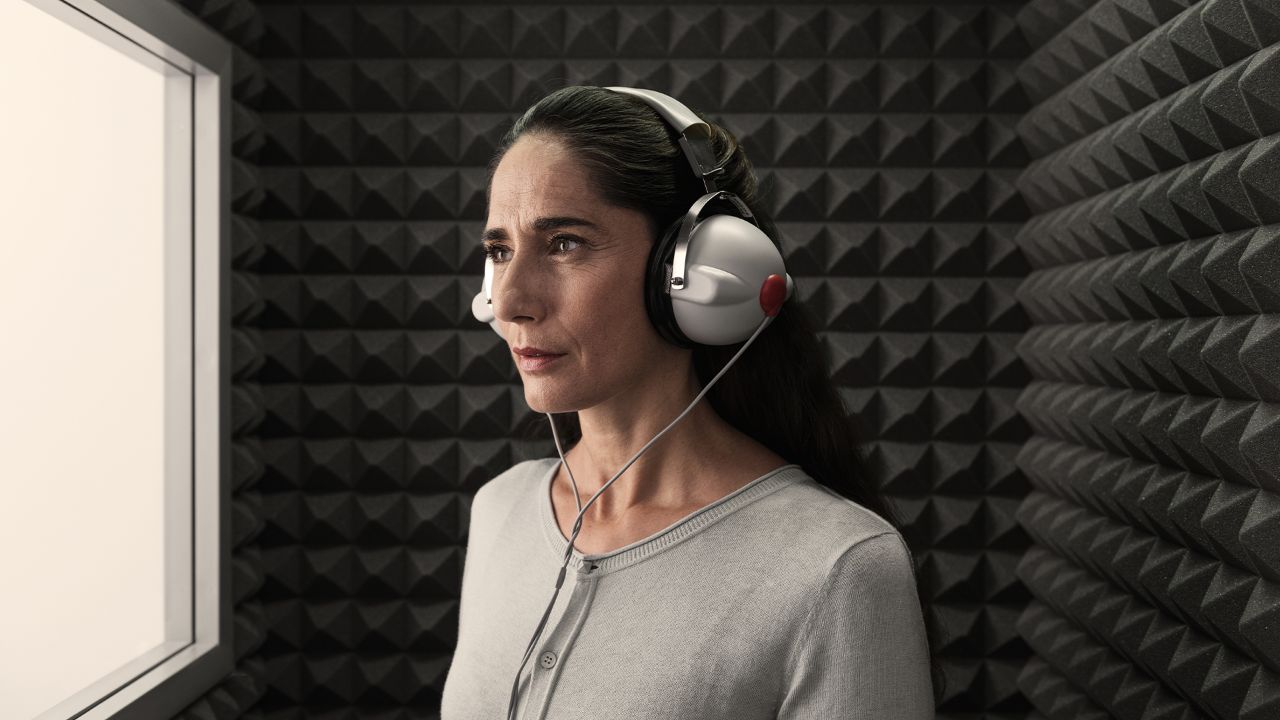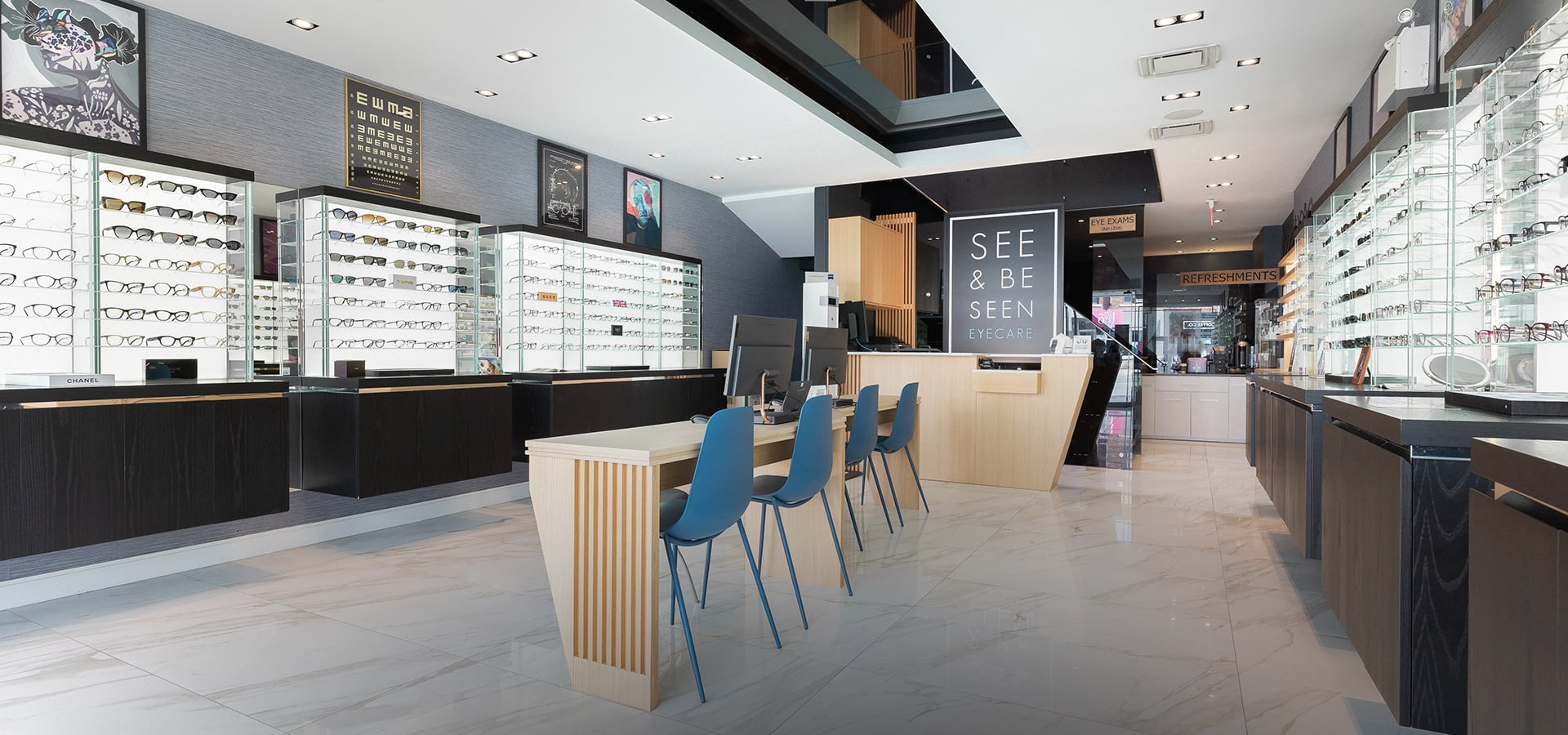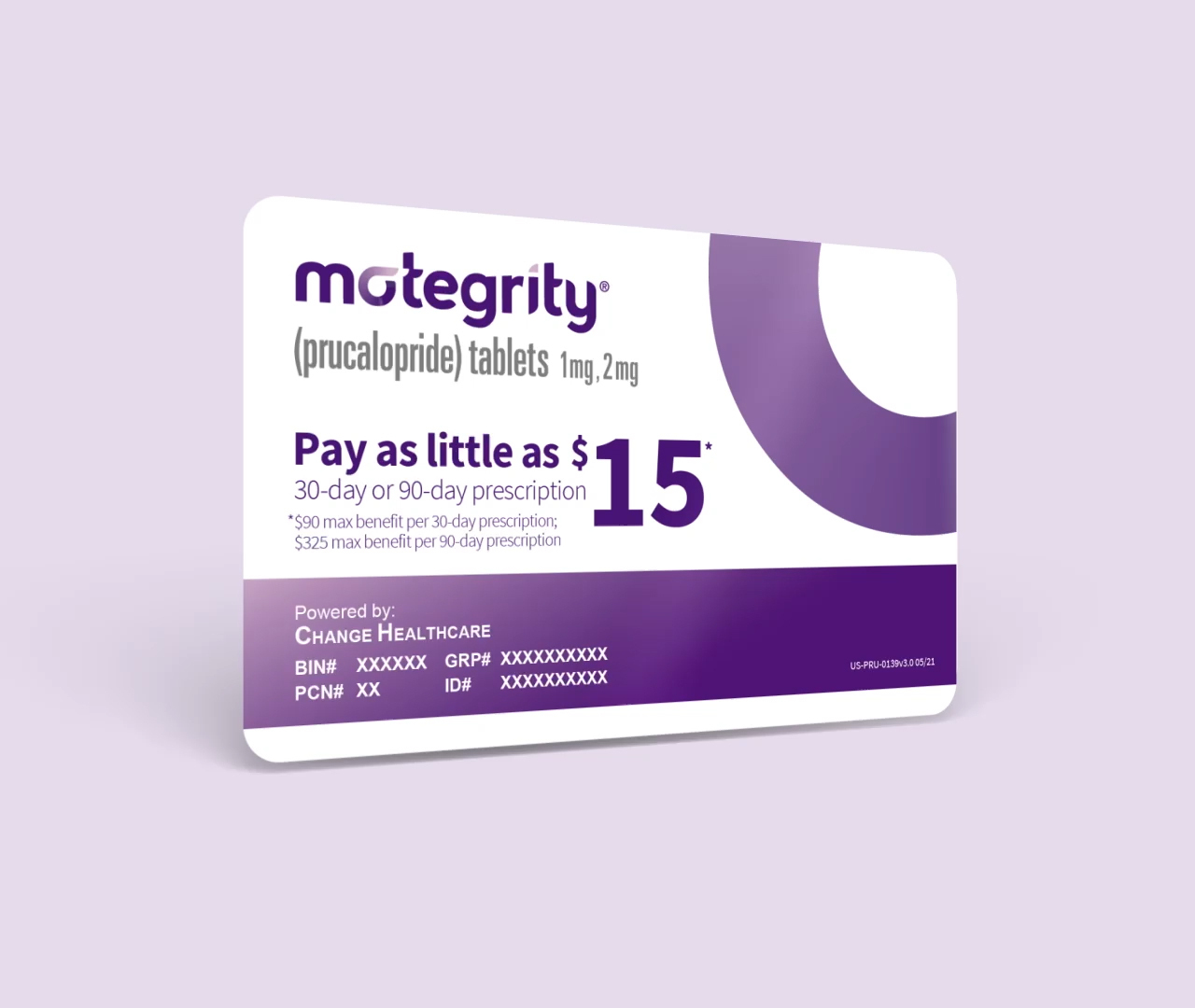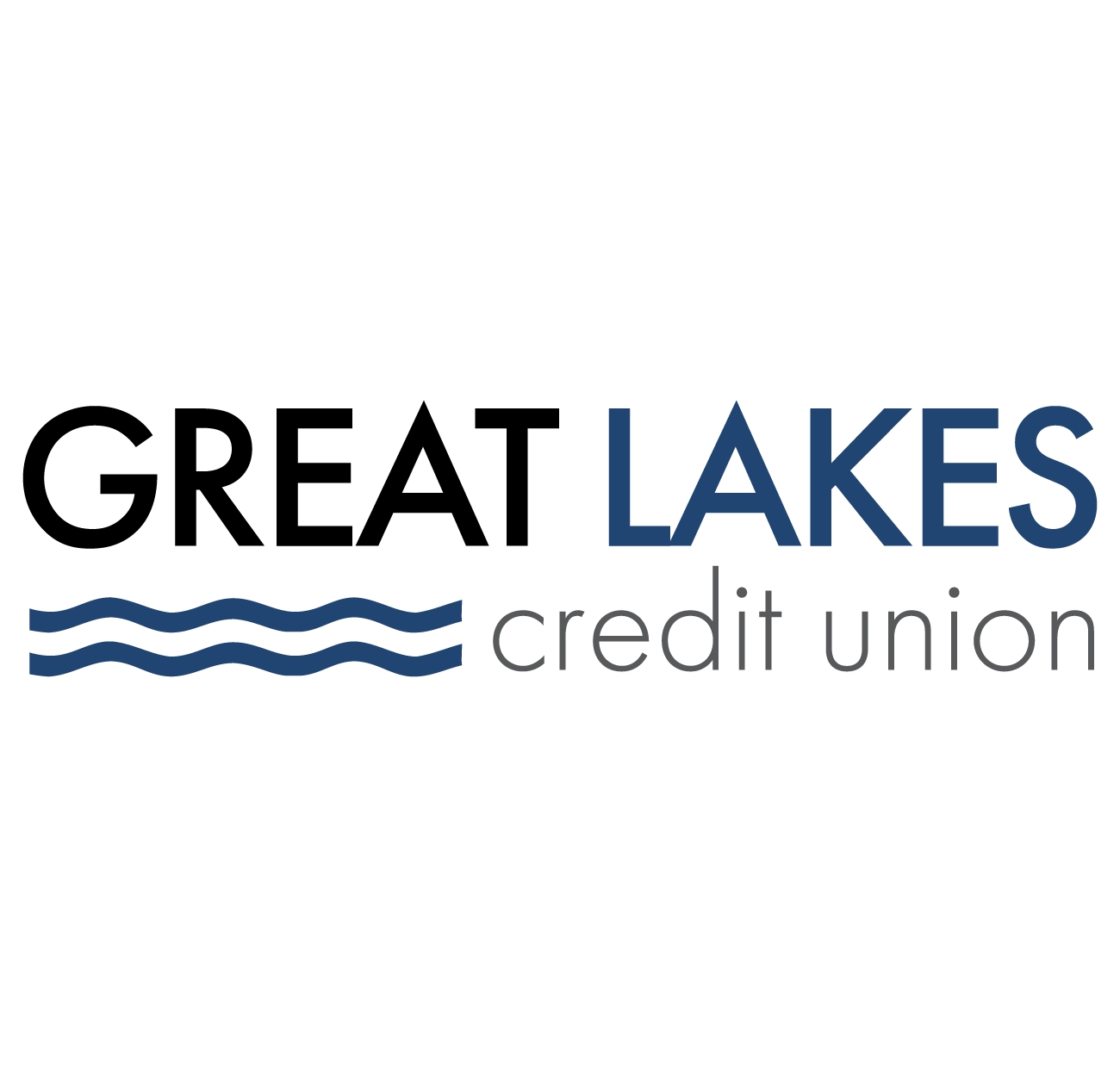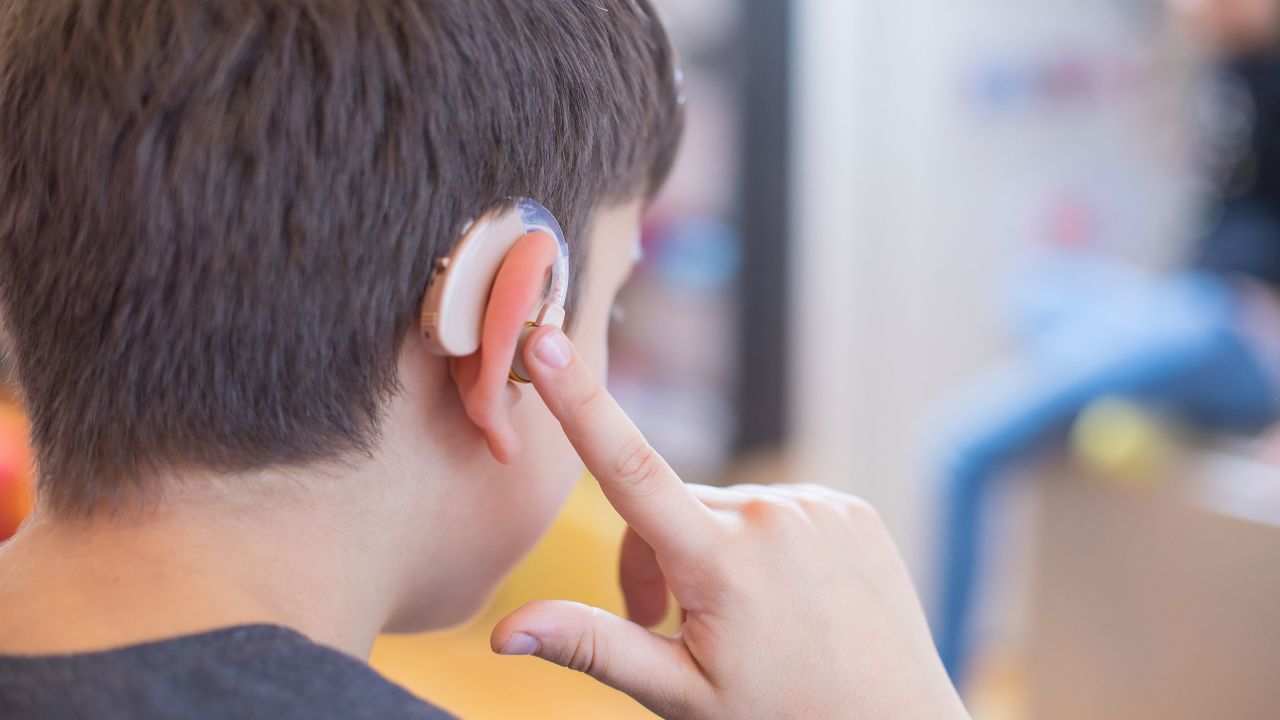

Finance
Why Are Hearing Aids Not Covered By Insurance?
Published: November 16, 2023
Find out why hearing aids are not covered by insurance and learn about alternative financing options for this important health investment.
(Many of the links in this article redirect to a specific reviewed product. Your purchase of these products through affiliate links helps to generate commission for LiveWell, at no extra cost. Learn more)
Table of Contents
Introduction
Living with hearing loss can significantly impact one’s overall quality of life. It affects our ability to communicate, enjoy social interactions, and participate fully in everyday activities. Fortunately, hearing aids have emerged as a groundbreaking solution to restore and improve hearing abilities. However, one perplexing question remains: why are hearing aids not covered by insurance?
Hearing aids are sophisticated medical devices designed to amplify sound and enhance hearing for individuals with hearing loss. They come in various types and styles, from behind-the-ear to in-the-ear, and even invisible options. While they can be life-changing for those with hearing impairments, the unfortunate reality is that the majority of health insurance plans do not offer coverage for hearing aids.
Understanding why hearing aids are not covered by insurance requires taking a deeper look into the complexities of healthcare policies and the economics of the hearing aid industry. While insurance coverage varies from country to country, the general trend is that hearing aids are considered elective or cosmetic, rather than essential medical devices.
This lack of insurance coverage presents a significant financial challenge for individuals with hearing loss, as hearing aids can be quite expensive. On average, a pair of hearing aids can cost several thousand dollars, depending on the level of technology and features they offer. This high cost often becomes a barrier for many people in need of hearing aids, leading to frustration and limited access to the benefits they provide.
In this article, we will explore the reasons why insurance coverage for hearing aids is limited, both in the United States and globally, and discuss potential solutions and alternatives for individuals seeking assistance in obtaining these essential devices.
Understanding Hearing Aids
Before delving into the reasons behind the lack of insurance coverage for hearing aids, it is crucial to have a basic understanding of these remarkable devices. Hearing aids are small electronic devices worn in or behind the ear that amplify sound to help individuals with hearing loss hear more clearly and effectively.
Hearing aids consist of three main components: a microphone, an amplifier, and a speaker. The microphone picks up sound from the environment, converts it into electrical signals, and sends it to the amplifier. The amplifier then increases the volume of the signals and customizes them based on the individual’s specific hearing needs. Finally, the speaker delivers the amplified sounds into the ear, allowing the wearer to perceive sounds more clearly.
Today’s hearing aids are equipped with advanced digital technology, offering various features that enhance the listening experience. These features include background noise reduction, directional microphones, feedback cancellation, and wireless connectivity to stream audio from external devices such as smartphones and televisions.
It is important to note that hearing aids are not a one-size-fits-all solution. Each individual’s hearing loss is unique, and therefore, the specific type and configuration of hearing aids needed may vary. Audiologists and hearing healthcare professionals play a significant role in helping individuals select the most suitable hearing aids based on their hearing test results, lifestyle, and personal preferences.
Furthermore, hearing aids require proper care and maintenance to ensure optimal performance. Regular cleaning, changing batteries or recharging, and occasional adjustments by a healthcare professional are necessary to keep the devices functioning effectively.
Overall, hearing aids are groundbreaking devices that have the potential to significantly improve the quality of life for individuals with hearing loss. They can restore lost connections, enable better communication, and enhance social interactions. However, the high cost and limited insurance coverage pose considerable challenges in accessing and affording these life-changing devices.
The Importance of Hearing Aids
Hearing aids play a vital role in improving the quality of life for individuals with hearing loss. The ability to hear and understand sounds is essential for effective communication, socialization, and overall well-being.
One of the primary benefits of hearing aids is the restoration of communication. Hearing loss can create barriers in understanding speech and participating in conversations. With the help of hearing aids, individuals can hear conversations clearly, making it easier to engage in discussions with family, friends, and colleagues. This enhanced communication contributes to stronger relationships and a sense of belonging.
Hearing aids also help improve cognitive function. Untreated hearing loss has been linked to cognitive decline, including memory loss and an increased risk of developing conditions like dementia. By addressing hearing loss with hearing aids, individuals can keep their brains engaged and active, preserving cognitive abilities and potentially slowing down cognitive decline.
Beyond communication and cognitive benefits, hearing aids allow individuals to reconnect with the world of sounds. Sounds play a crucial role in our everyday lives, from enjoying music to hearing the sounds of nature. With hearing aids, individuals can once again appreciate the richness of everyday sounds, leading to a more fulfilling and enjoyable life.
Furthermore, untreated hearing loss can lead to social isolation and mental health issues. Difficulty hearing can make individuals self-conscious and withdraw from social gatherings, impacting their mental well-being. By using hearing aids, individuals with hearing loss can actively participate in social activities, reducing feelings of loneliness, depression, and anxiety.
Hearing loss affects people of all ages, including children and working-age adults. For children, hearing aids are crucial for their overall development, including language and learning skills. Hearing aids enable children to hear and understand speech, allowing them to reach their full potential in educational and social settings.
Additionally, for working-age adults, hearing aids are essential for maintaining productivity in the workplace. Clear communication in professional environments is crucial for effective collaboration and success in one’s career. Hearing aids ensure that individuals can actively participate in meetings, conversations, and phone calls, enhancing their professional performance.
In summary, hearing aids are not just devices to amplify sound. They are catalysts for reconnecting with the world, enhancing communication, preserving cognitive function, and improving overall well-being. The importance of hearing aids cannot be overstated, making it all the more crucial to address the lack of insurance coverage for these life-changing devices.
The Cost of Hearing Aids
One of the significant barriers to accessing hearing aids is their high cost. The price of hearing aids varies depending on several factors, including the type, style, level of technology, and additional features.
On average, a pair of hearing aids can cost anywhere from a few hundred dollars to several thousand dollars. Entry-level hearing aids tend to be less expensive, while premium models with advanced features come with a higher price tag.
The cost of hearing aids is not limited to the initial purchase. There are ongoing expenses associated with maintaining and using hearing aids. These costs may include regular professional cleanings and adjustments, replacing batteries or rechargeable batteries, and purchasing accessories like domes or wax guards.
One of the reasons for the high cost of hearing aids is the research and development that goes into designing them. Hearing aids are highly sophisticated devices, utilizing cutting-edge technology to deliver clear and customized sound. The manufacturers invest significant resources into developing and refining these devices to meet the diverse needs of individuals with various degrees of hearing loss.
Additionally, the smaller market size for hearing aids compared to other medical devices leads to higher production and distribution costs. The economies of scale are not as favorable for hearing aids, resulting in higher prices for consumers.
Another factor contributing to the cost of hearing aids is the model of the traditional healthcare system. In many countries, hearing aids are not considered essential medical devices and are classified as elective or cosmetic. As a result, they are not typically covered by health insurance plans, leaving individuals to bear the full cost of purchasing hearing aids out of pocket.
The high cost of hearing aids poses a significant financial burden for many individuals, especially considering that hearing loss often occurs later in life when individuals may be living on fixed incomes or facing other healthcare expenses.
It is important to note that some hearing clinics and organizations offer financing options or assistance programs to help individuals access hearing aids at a more affordable cost. However, these options may still be limited and may not alleviate the overall financial strain.
The high cost of hearing aids highlights the necessity for insurance coverage to ensure equal access to these life-changing devices. It is crucial to explore potential solutions and alternatives to address this issue and pave the way for improved affordability and accessibility of hearing aids.
Factors Contributing to Lack of Insurance Coverage
The lack of insurance coverage for hearing aids can be attributed to various factors that influence how insurance companies approach coverage for medical devices. Understanding these factors can shed light on the challenges individuals face when seeking insurance assistance for hearing aids.
One of the primary factors is the classification of hearing aids as elective or cosmetic devices. Many insurance policies categorize hearing aids as non-essential and exclude coverage for them. This classification is primarily based on the perception that hearing aids are not necessary for maintaining physical health and functioning.
Another factor is the limited understanding of the impact of hearing loss on overall well-being. While hearing loss is a prevalent health condition affecting millions of people worldwide, its consequences on mental health, social participation, and quality of life are often overlooked. Insurance companies may not fully recognize the long-term benefits of covering hearing aids in terms of preventing cognitive decline, improving communication, and enhancing overall well-being.
The lack of scientific consensus on the efficacy of hearing aids for preventing or mitigating certain health conditions also affects insurance coverage decisions. Insurance companies typically rely on clinical evidence and medical research to determine coverage policies. Insufficient scientific evidence linking hearing aids to specific health outcomes may influence the perception of their necessity and coverage eligibility.
The cost of hearing aids is another significant factor contributing to the lack of insurance coverage. Insurance companies often need to balance the cost of covering medical devices with other healthcare expenses. Due to the relatively high cost of hearing aids and the availability of limited budgetary resources, insurance companies may choose to prioritize coverage for other healthcare services or devices perceived as more critical or life-saving.
Furthermore, the traditional fee-for-service model of healthcare may play a role in the lack of insurance coverage for hearing aids. In this system, insurance companies reimburse healthcare providers for specific services rendered. Since hearing aids involve a long-term commitment and ongoing care, insurance companies may view them as outside the scope of the fee-for-service model, leading to limited coverage options.
Lastly, lobbying and advocacy efforts may also influence insurance coverage decisions. Manufacturers of hearing aids, as well as organizations advocating for individuals with hearing loss, play a significant role in shaping insurance policies. These efforts aim to raise awareness about the importance of hearing aids and increase insurance coverage, but the impact may take time to materialize.
Addressing the factors contributing to the lack of insurance coverage for hearing aids requires a multi-faceted approach involving policy changes, increased awareness, and advocacy efforts. By recognizing the importance of hearing aids as essential medical devices, insurance companies can play a crucial role in improving access and affordability for individuals with hearing loss.
Insurance Coverage for Hearing Aids in Different Countries
The coverage for hearing aids varies significantly from country to country, reflecting different healthcare systems, policies, and cultural attitudes towards hearing loss. While many countries struggle with limited insurance coverage for hearing aids, some nations have implemented measures to ensure better accessibility for individuals in need. Let’s explore the insurance coverage landscape for hearing aids in different countries.
United States: In the United States, private health insurance plans often do not cover the cost of hearing aids. Medicare, the federal health insurance program for individuals aged 65 and older, does not cover hearing aids either. However, there are some exceptions, such as coverage for active-duty military personnel, veterans through the Veterans Affairs (VA) system, and children through the Early and Periodic Screening, Diagnostic, and Treatment (EPSDT) program.
United Kingdom: In the United Kingdom, hearing aids are available through the National Health Service (NHS) free of charge. The NHS provides diagnostic assessments, hearing aid fittings, and follow-up care. However, individuals have the option to seek private healthcare and purchase hearing aids independently if they prefer additional options or features not provided by the NHS.
Canada: In Canada, the coverage for hearing aids varies by province and insurance plan. While some provincial health plans cover a portion of the cost for children and seniors, coverage for working-age adults is often limited, resulting in significant out-of-pocket expenses. Private insurance plans may offer additional coverage options, but this varies widely depending on the individual’s insurance provider and policy.
Australia: In Australia, the coverage for hearing aids varies based on age and eligibility. The Australian Government’s Hearing Services Program provides subsidised hearing services and devices to eligible pensioners, veterans, and children. Individuals not eligible for the program may have limited coverage through private health insurance plans, which differ in terms of the level of coverage and benefits provided.
Germany: In Germany, statutory health insurance covers a portion of the cost for hearing aids. However, there are restrictions on coverage, such as requiring individuals to demonstrate a certain level of hearing loss or specific functional impairments. Private supplementary insurance plans may offer additional coverage options for individuals seeking more advanced hearing aids or comprehensive services.
These examples illustrate the diverse approaches to insurance coverage for hearing aids. While some countries provide extensive coverage options either through public healthcare systems or private insurance plans, others offer limited coverage, resulting in out-of-pocket expenses for individuals seeking hearing aids.
The variability in insurance coverage highlights the importance of advocating for comprehensive coverage and policy changes to ensure equal access to hearing aids worldwide. It is crucial for governments, insurance companies, and healthcare systems to recognize the profound impact of hearing aids on individuals’ lives and work towards improved accessibility and affordability for those in need.
Potential Solutions and Alternatives
The lack of insurance coverage for hearing aids poses significant challenges for individuals with hearing loss. However, there are potential solutions and alternatives that can help improve accessibility to these vital devices.
Advocacy for Policy Changes: Public awareness campaigns and lobbying efforts can play a crucial role in advocating for policy changes regarding insurance coverage for hearing aids. By raising awareness about the impact of hearing loss and the benefits of hearing aids, individuals, organizations, and healthcare professionals can influence policymakers to recognize the necessity of insurance coverage for these devices.
Legislation and Government Programs: Governments can play an active role in addressing the lack of insurance coverage by implementing legislation and government programs. This can include mandating insurance companies to cover a portion or the full cost of hearing aids, especially for vulnerable populations such as children, seniors, and low-income individuals.
Expanded Medicare/Medicaid Coverage: In countries like the United States, expanding Medicare and Medicaid coverage to include hearing aids could significantly increase access for individuals who rely on these programs for their healthcare needs. By recognizing hearing aids as essential medical devices, governments can help alleviate the financial burden of purchasing these devices out of pocket.
Grants and Financial Assistance: Organizations and foundations can provide grants or financial assistance to individuals in need of hearing aids. These programs aim to bridge the affordability gap and ensure access to hearing aids for those who cannot afford them. These grants may be based on income eligibility or specific criteria determined by the organization.
Competitive Pricing and Assistive Technology: Continual efforts to improve the affordability of hearing aids can be achieved through competitive pricing among manufacturers and providers. In addition, exploring the use of assistive technology, such as smartphone apps and over-the-counter hearing aids, can provide more affordable options for individuals with mild to moderate hearing loss.
Employee Benefits Programs: Employers can play a role in improving accessibility to hearing aids by including coverage for these devices in their employee benefits programs. By partnering with insurance providers to offer hearing aid coverage as part of healthcare packages, employers can support the well-being of their employees while promoting inclusivity and equal access to necessary medical devices.
Technological Advances: Advancements in hearing aid technology can potentially lower the cost of devices while improving their effectiveness. Continued research and development in the field may lead to more affordable options and innovative solutions that address the barriers to insurance coverage.
While these solutions and alternatives show promise, addressing the lack of insurance coverage for hearing aids requires a comprehensive and collaborative approach involving individuals, healthcare professionals, insurance companies, and policymakers. By working together, we can strive towards a future where hearing aids are accessible and affordable for all individuals in need of these life-changing devices.
Conclusion
The lack of insurance coverage for hearing aids presents a significant barrier for individuals with hearing loss. Despite the clear benefits and importance of these devices in improving communication, cognitive function, and overall well-being, many insurance policies categorize hearing aids as elective or cosmetic, resulting in limited coverage options.
Understanding the factors contributing to the lack of insurance coverage, such as classification, cost, and traditional healthcare models, helps shed light on the complexities of the issue. While insurance coverage varies from country to country, it is clear that more needs to be done to ensure equal access to hearing aids for individuals in need.
Potential solutions and alternatives, including advocacy for policy changes, expanded Medicare/Medicaid coverage, grants, competitive pricing, and technological advancements, offer hope for improving accessibility and affordability of hearing aids. By focusing on public awareness, government programs, employer benefits, and advancements in technology, we can work towards a future where insurance coverage for hearing aids is more comprehensive and inclusive.
It is crucial for individuals, organizations, healthcare professionals, insurance companies, and policymakers to come together to address the challenges and advocate for policy changes that recognize the significance of hearing aids in improving individuals’ lives and overall health.
By working towards comprehensive insurance coverage and exploring alternative solutions, we can remove the financial barriers and ensure that individuals with hearing loss have the opportunity to access the life-changing benefits of hearing aids. Everyone deserves the chance to hear and participate fully in the world around them, and it is our collective responsibility to make that a reality.
